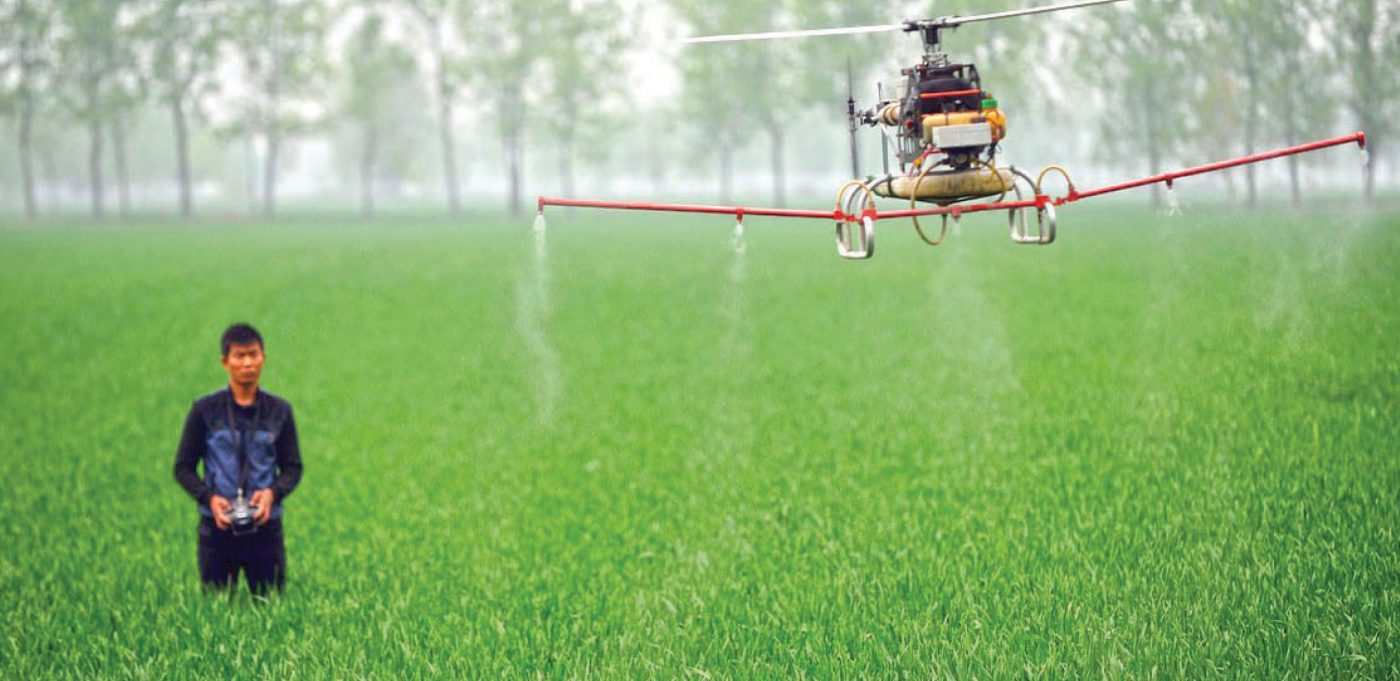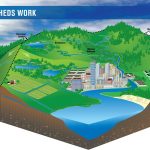SUUHAS TEDDULKAR
The awareness about the quality of food and effects of chemicals has led to the revival of organic/natural farming movement. In nearly every country, an alternative natural farming movement is underway with or without government support. About 8 states in India already have formulated organic farming policy.
The most notable case of the successful organic farming is Sikkim. In 2003, the state government made a drastic decision to shun chemicals and fertilizers and turn to natural methods of farming. There was a huge resistance from people, farmers and industry but the government persevered believing that organic farming would add much more value to the producers as well as consumers. The state started by cutting off subsidies for fertilizers (and eventually banning their use) and launching extensive training on the ‘why’, ‘what’ and ‘how’ of organic agriculture. A major feather in the cap was the development of natural pesticides made from locally available plant materials to fight the Rhizome Rot disease which plagued the ginger crop.
However, there is a flip side to the story too. Studies suggest that many farmers reported significant loss in productivity due to low yield and crop damage. The farmers blamed the loss on limited availability of organic inputs and alternative pest management treatments. Independent studies suggest lack of policy coordination and lopsided budgetary allocation.
Despite these lacunas related to policy planning and budgetary focus, Sikkim has been successful in doing what it set out to do i.e. stopping the use of chemicals in any of its agricultural produce. In mid-January this year, Sikkim became the first organic state in India. Notably, the organic farming sector has also created many new employment opportunities and has piqued the interest of young generation who have set up new entrepreneurial ventures in agriculture. According to government’s report, there is huge demand for the state’s organic produce and the farmers are now earning over 20 percent extra. The state is also increasingly attracting a new segment in travel – organic tourism.
Closer home, the Goa government has also expressed interest in reviving agriculture and is expected to come out with a new agricultural policy. Early last year, the past government took its first initiative to turn Goa organic by proposing to turn the government farm at Kalay, Sanguem into an organic farm and had also declared a scheme of 50 percent subsidy for the use of organic inputs by farmers. In addition, the state had also suggested the development of organic farming under cluster development in the talukas of Sanguem, Cancona and Quepem with a target of 50 acres in each taluka to be brought under organic cultivation and certification in three years.
The new government plans to redraft the agriculture policy with a focus on Goan agriculture products, floriculture, organic farming, contract farming and community farming. Agricultural Minister Vijai Sardesai also mentioned about creating a brand for agricultural products of the state. The best way to create a brand for vegetable and horticultural produce from Goa is, of course, to go organic.
The greatest advantage for Goa, if it wants to go organic, is that the current use of fertilizers at 65kg/hec is much less than the national average of around 160Kg/hec. The Organic Farmers Association of India (OFAI), which was primarily set up to promote organic farming, has about 50 members in Goa and nearly all of them are successfully running farms using natural methods. ICAR Goa, which is considered one of the premium agricultural research institute in India, can also support the transition through its research and development expertise.
It is largely expected that new agricultural policy will continue and support the organic farming initiatives launched by the past government. However, the most important step in transitioning to organic agriculture would be to optimise policy and budgetary allocation to make sure that the state learns from the mistakes and setbacks faced by other states in their organic farming missions. The four main areas of focus for making the organic transition successful are:-
a. Training: Training the farmers who voluntary undertake organic farming, and supporting them for land certification
b. Organic input availability: Making organic inputs (bio-manure and pest management solutions) available will be the most critical first step, and has to be planned and ensured before bringing farmers on board. The best way to do this would be to make sure that the input and farm management requirements of the Kalay farm are understood and updated on a continuous basis and are shared with farmers.
c. Enhanced crop insurance: Enhanced crop insurance cover for the first five years of transitioning to organic farming
d. Market access: The government can choose to certify and brand organic produce separately and provide separate logistics support and market area for showcasing organic crops. Separate branding and budgetary support for marketing and promotions could also go a long way in establishing Goa’s organic produce as a premium commodity
The first step for the state would be to make a successful transition in the Kalay farm. The learning from this transition can help design a state specific organic policy. It would however be very important for the state government to make the agricultural policy a consultative exercise by not only including agricultural scientists and experts but also farmers and alternative farming associations, who can suggest course corrections and provide practical measures that can help support farmers engaged in organic agriculture.




























